Nanostructured sensor for the detection of very low concentrations of explosive.
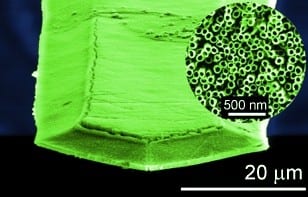

Nanostructured sensor for the detection of very low concentrations of explosive.

Carbon nanotube-based ethylene sensor establishes fruit ripeness
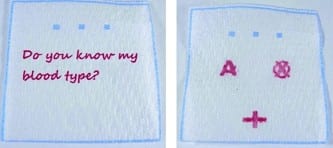
Paper-based blood test provides “written report” of blood type.
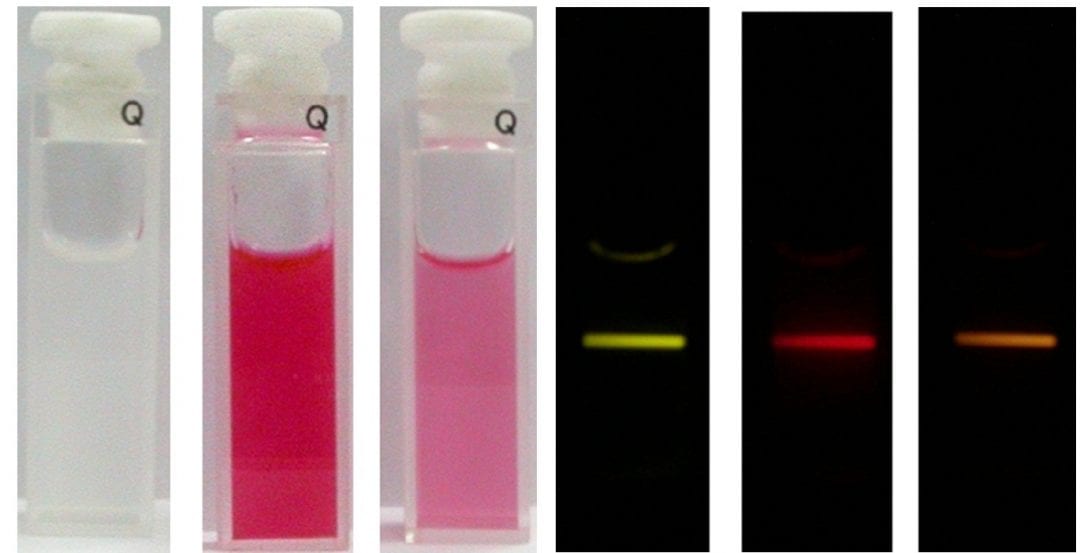
A new type of probe for detecting highly toxic cyanide anions has been developed by Professor F. Li and co-workers at Fudan University, China.
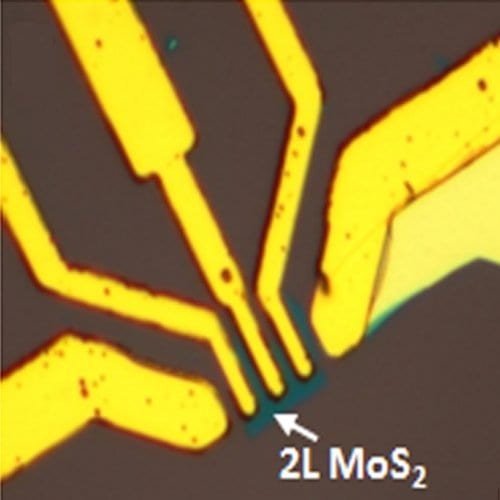
Nitric oxide detectors made of two to four layers of MoS2 incorporated into a field-effect transistor outperform a single-layered device.
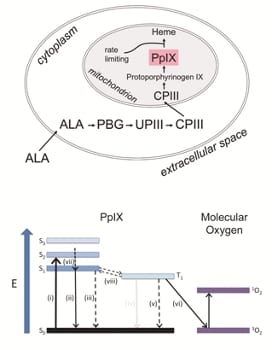
For measuring mitochondrial oxygen pressure clinically, just apply a cream on the skin.

A nanoparticle-based nerve agent detector is developed by researchers in Korea
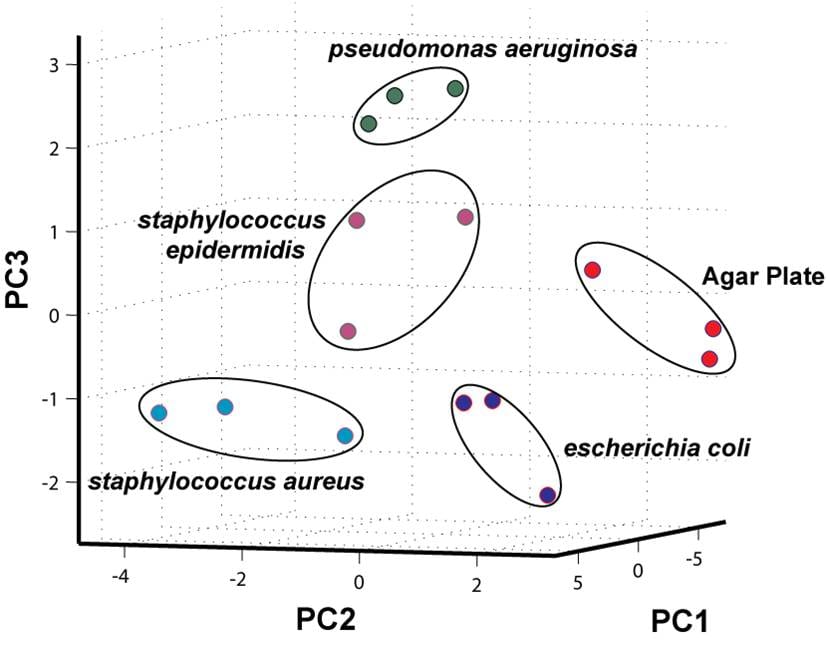
So what is next for nanochemical and biochemical sensor research? Shouldn’t we be trying to find the next glass pH electrode, rather than trying to squeeze that extra fraction of a percent out of our tried and tested materials?
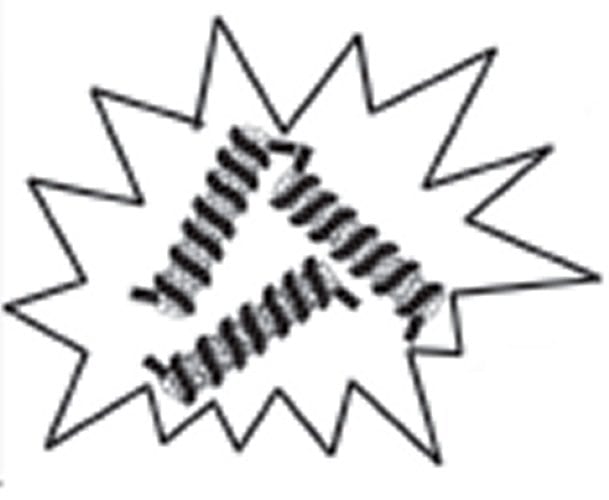
Nuclease activity can be detected by a simple, sensitive, and selective test based on light scattering of carbon nanotubes, with no need for a label.
French scientists have made light-sensitive memory devices by combining carbon nanotubes and silicon nanowires.